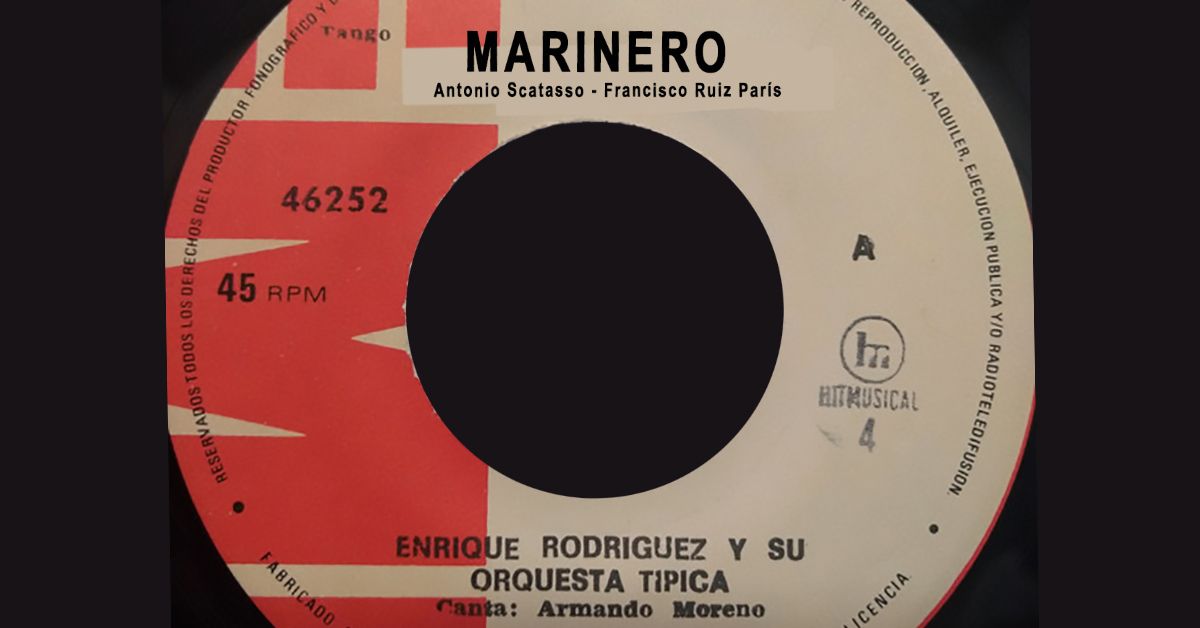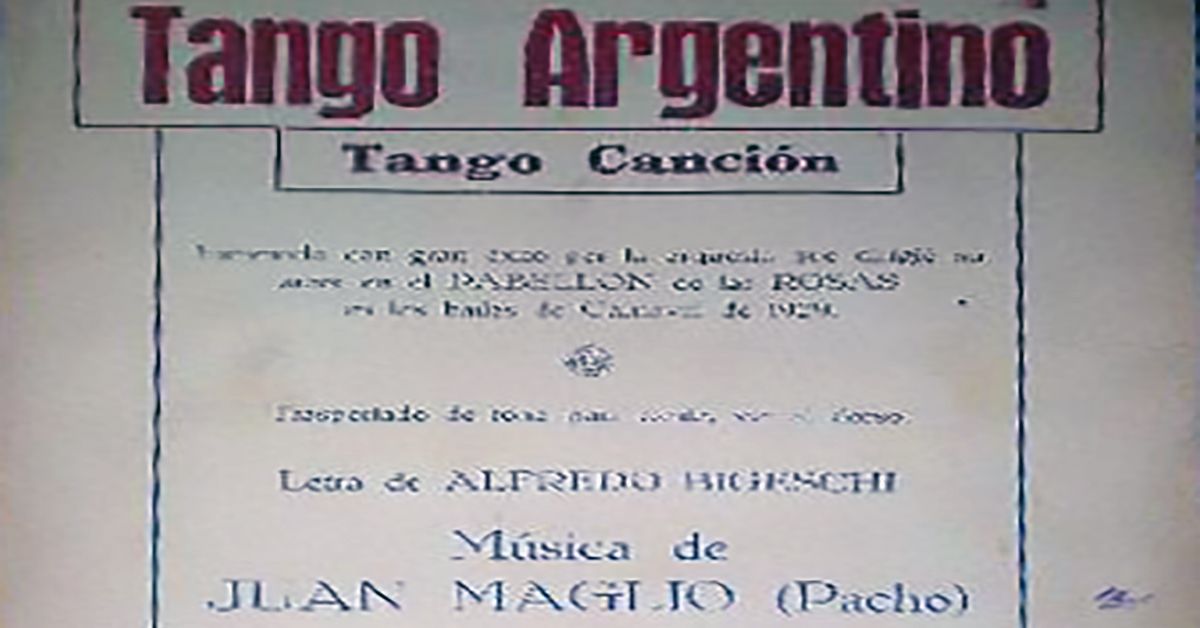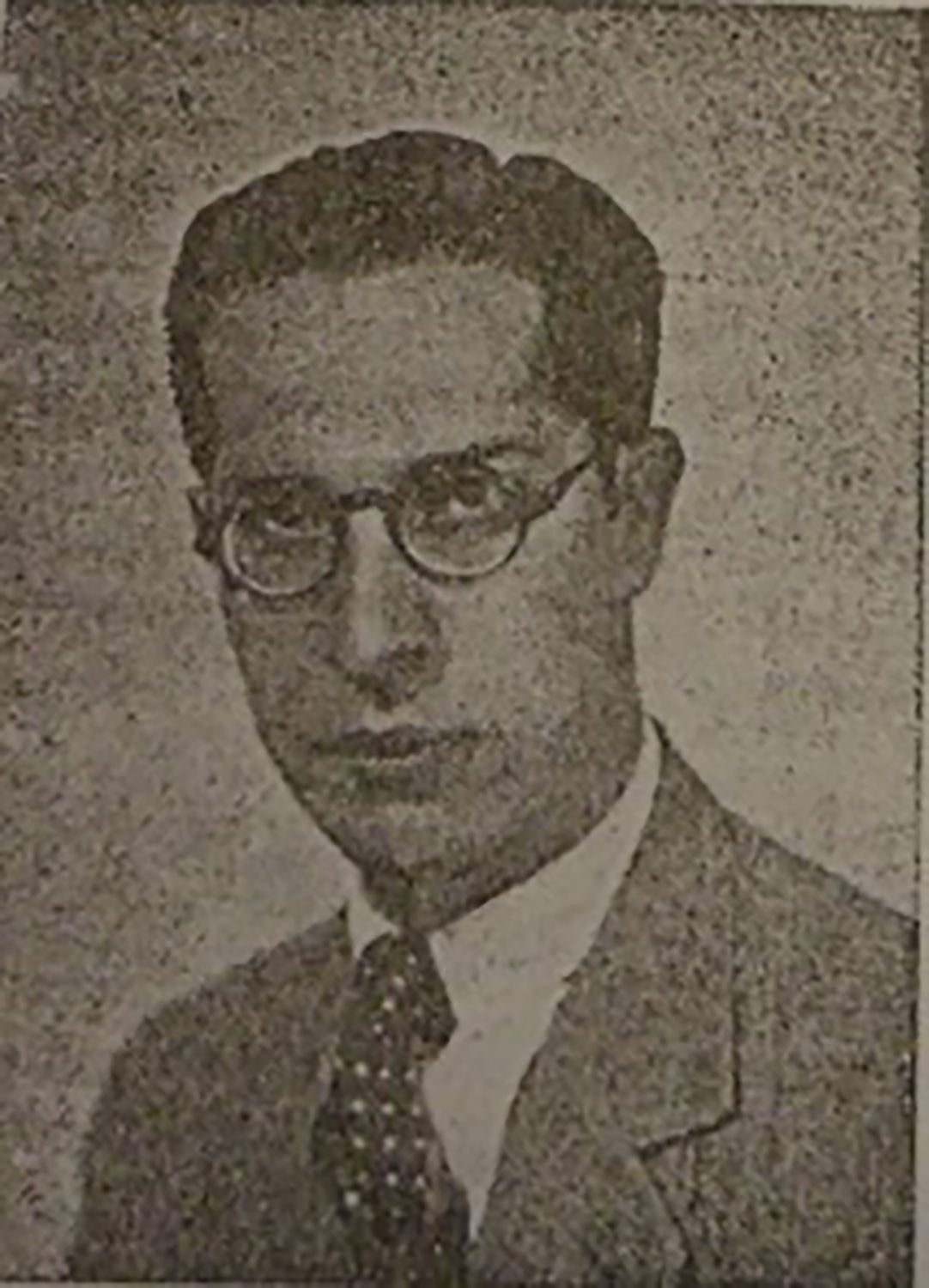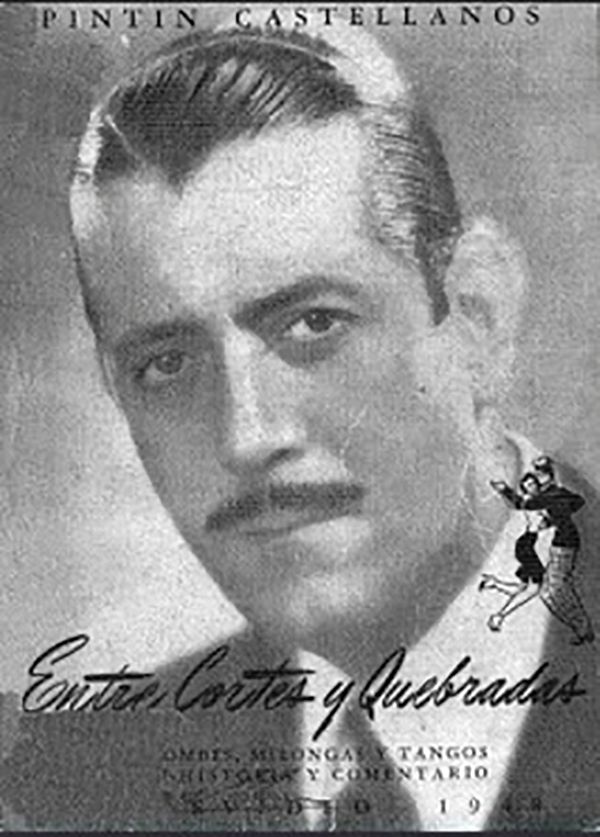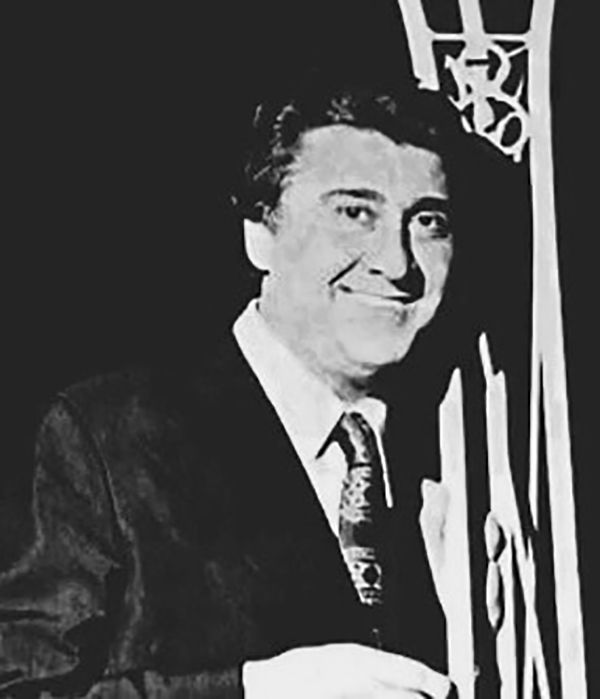“Marinero” by Enrique Rodriguez y su Orquesta Típica with Armando Moreno in vocals, 1943.
“Marinero” by Enrique Rodriguez y su Orquesta Típica with Armando Moreno in vocals, 1943.

Francisco Ruiz París
Lyricist (18 December 1883 – 9 November 1950)
Francisco Ruiz Paris was a playwright and artistic director.
Of Spanish origin, he was already doing something in the theater there in his land, a vocation to which he gave himself almost entirely in Buenos Aires since he arrived, back in 1908, working as an actor in its main stages.
Almost all the theatrical authors of that time wrote the songs of his works and he did not escape from that modality.
Listen and buy:
Amazon music
More Argentine Tango music selected for you:
We have lots more music and history
